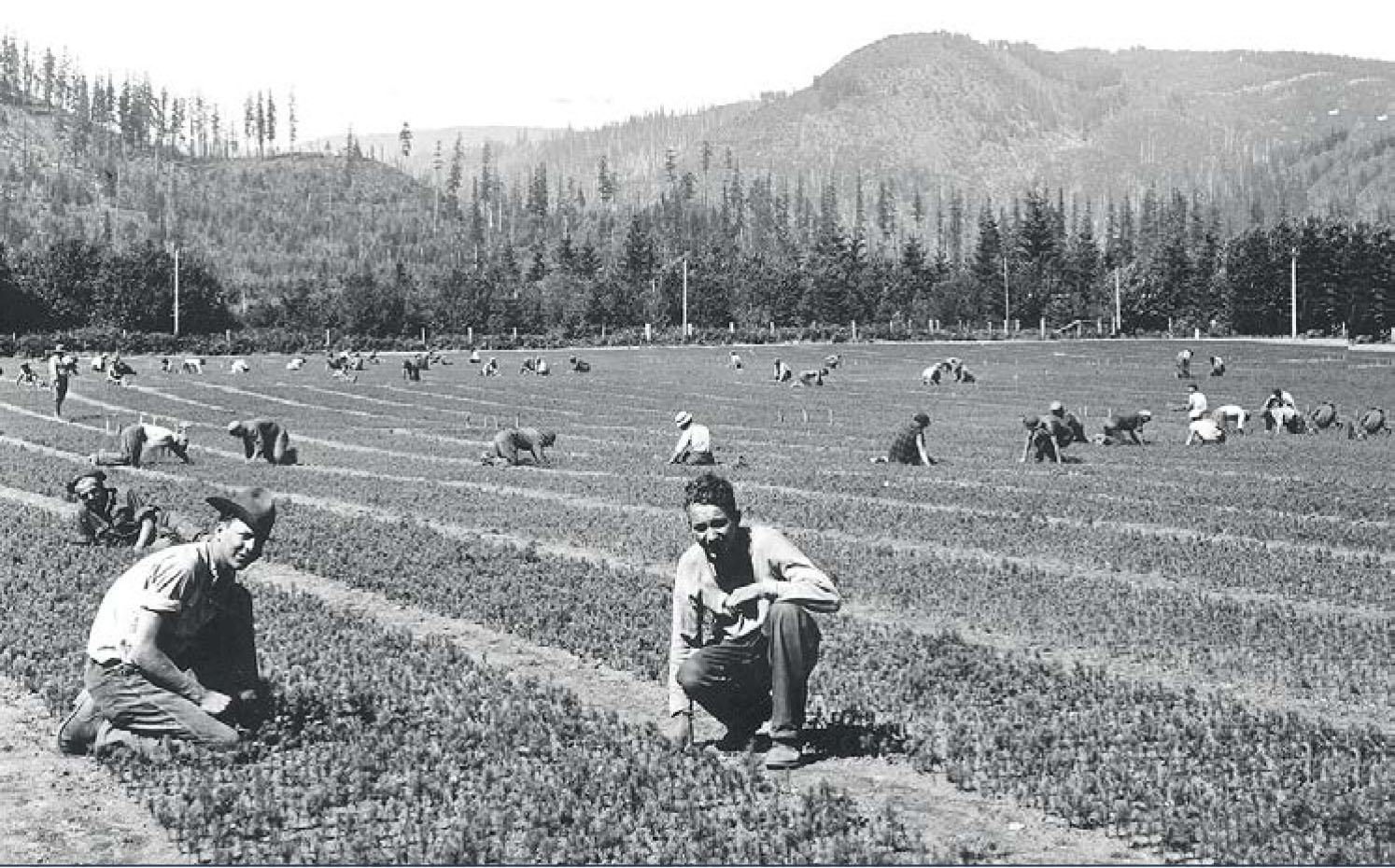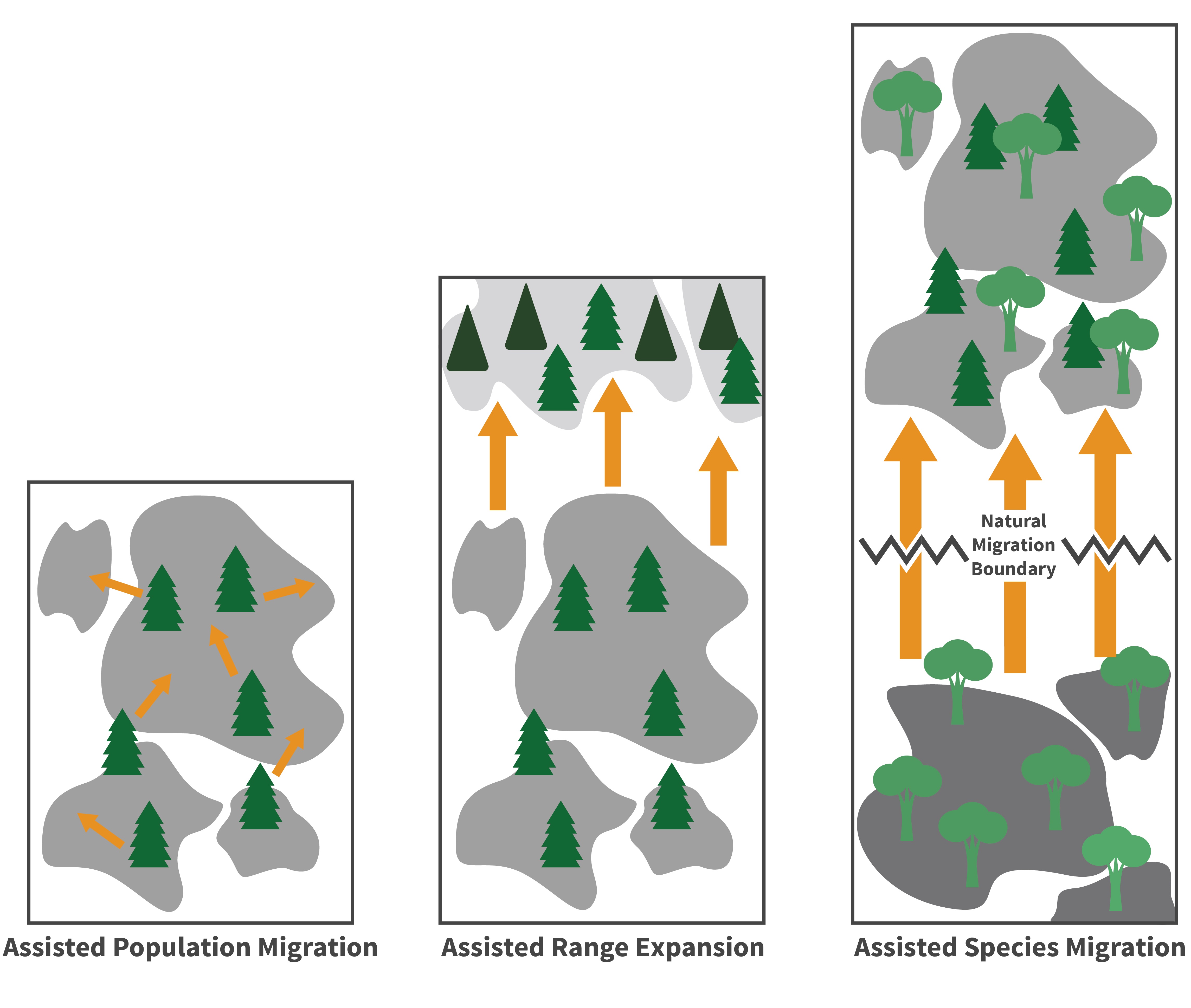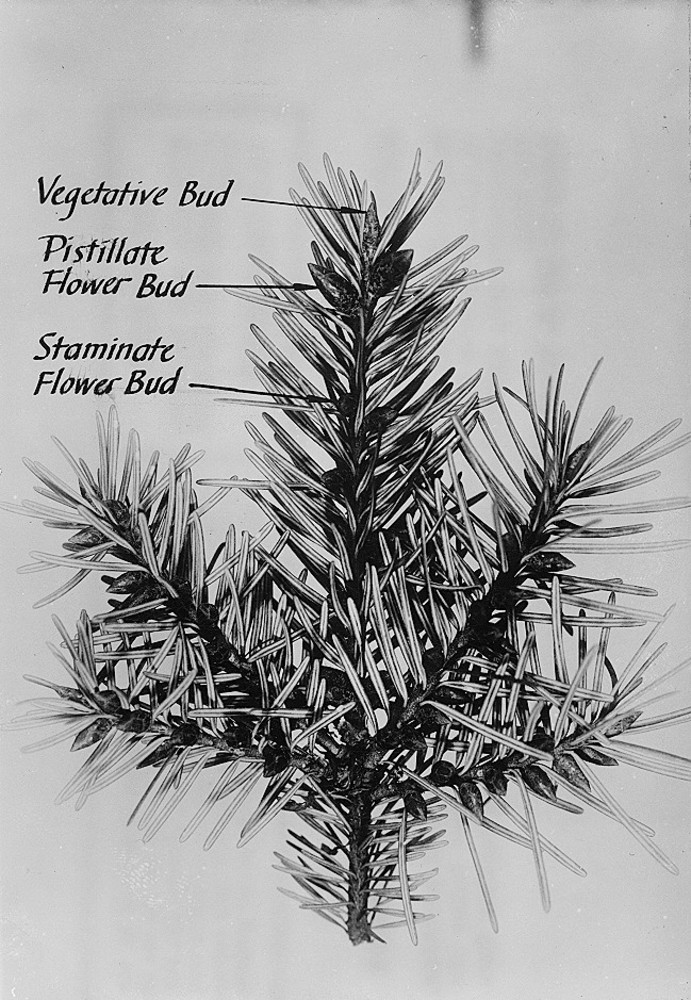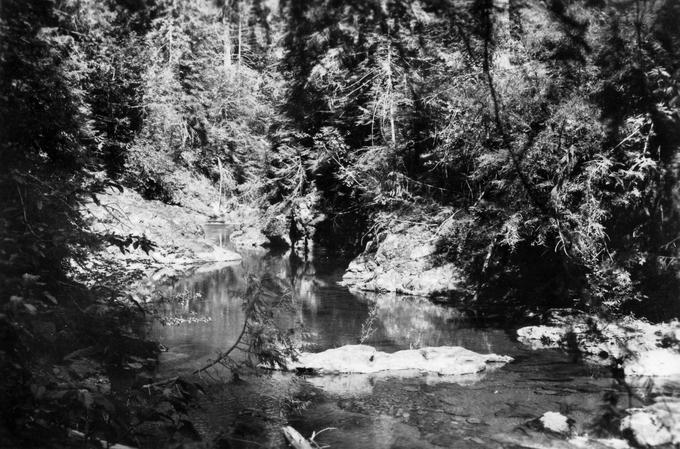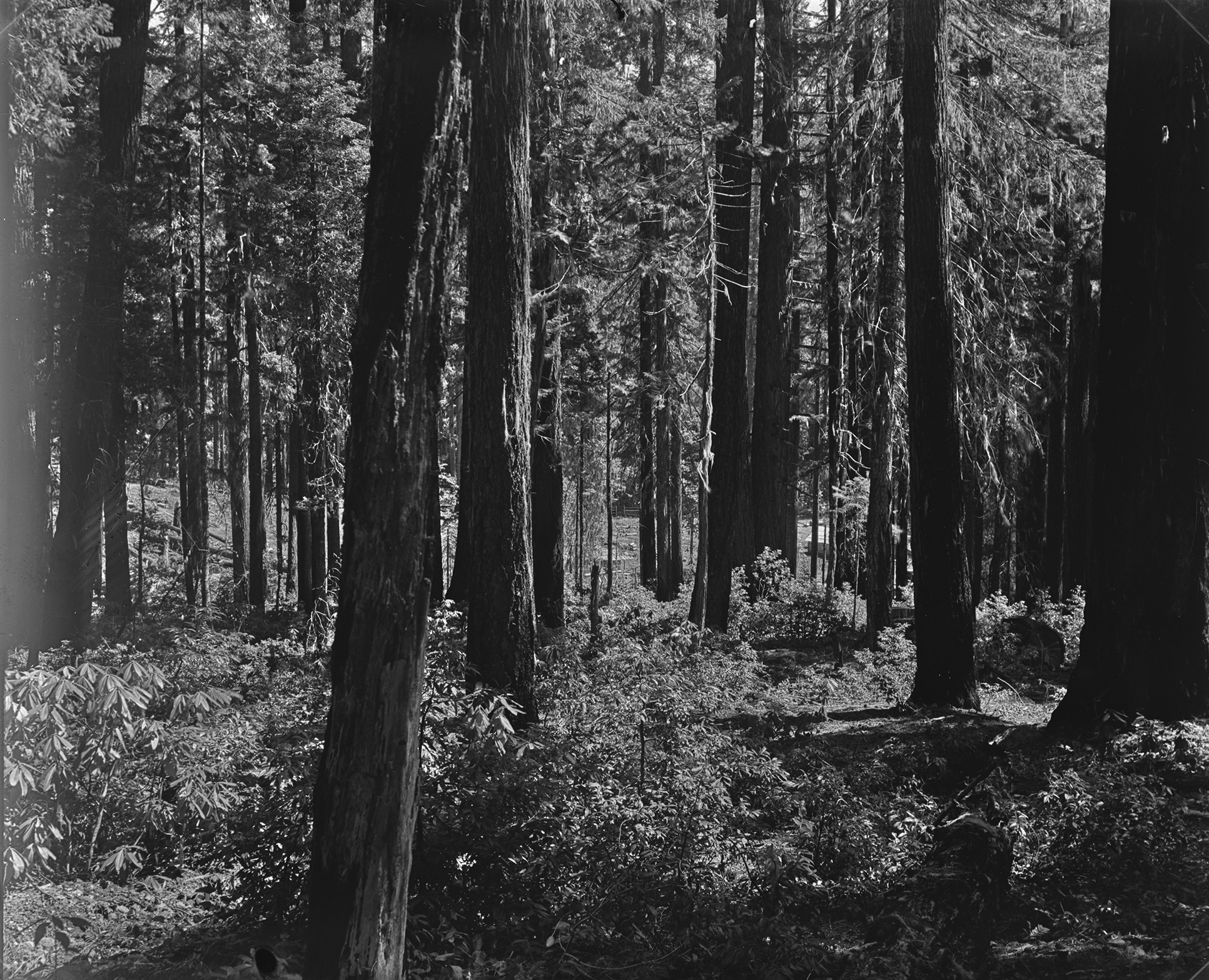Assisted migration is the human-assisted movement of species and populations of plants and animals to areas outside their recent historical distributions. A primary goal of assisted migration is to maintain ecosystems and biological diversity that are at risk because of climate change. While assisted migration can include both plants and animals, researchers have focused primarily on plant species that are widely used in the reforestation or restoration of natural ecosystems. These are typically keystone species that provide habitat for a wide variety of other species and provide other ecological, economic, and aesthetic benefits.
Plant species and populations within species have a climatic range in which they best grow, survive, and reproduce. The process of natural selection describes the way some plants respond better than others to changes in climate and growing conditions without threatening the ecosystem they rely on. For this reason, natural resource managers usually recommend using local seed to reforest and restore areas. During the twentieth century, foresters in the Pacific Northwest observed local adaptation firsthand when it became clear that forests planted with trees from distant (nonlocal) seed sources frequently failed to grow as well as nearby stands that regenerated naturally.
This observation was supported by the results from the Douglas-fir Heredity Study (1912), one of the earliest studies initiated by the newly founded U.S. Forest Service. In that study, thirteen seed sources had been planted at six sites in western Oregon and Washington. Those seed sources planted in locations that differed from their usual growing climate by more than 2°C (about 3.6°F) had not survived as well as local seed sources.
Assisted migration was developed as a response to help species survive the effects of warming temperatures due to climate change. In 1966, the Forest Service established geographically designated tree seed zones for Oregon and Washington, a system it continues to use in the twenty-first century. With the specter of climate change, however, foresters knew that locally adapted populations could become increasingly maladapted—that is, unable to adapt quickly enough to the rapidly changing temperature and conditions—leading to reductions in ecosystem health and productivity.
Researchers and natural resource managers recognize three types of assisted migration. Assisted population migration is the human-assisted migration of seed sources or populations to new locations within a species’ historical range. Assisted range expansion is the movement of seed sources or populations to suitable areas that are adjacent to a species’ current range to facilitate or mimic the expansion of its natural range. Assisted species migration is the movement of seed sources or populations to locations outside a species’ range when natural dispersal is impossible because of barriers such as oceans, mountains, and deserts. The first two types–assisted species migration and assisted range expansion–are generally considered to have lower uncertainty and risk. Assisted species migration has the greatest uncertainty because scientists do not yet know how a species may perform in new ecosystems with new diseases and insects and unfamiliar plants competing for the same nutrients.
Scientists have learned how populations adapt to different climates by conducting long-term transplant studies. In the Douglas-fir Heredity Study, for example, seed sources from a range of climates were planted together at several locations in what foresters call provenance tests. From those kinds of studies, researchers can model the relationship between climate and fitness or other adaptations. Natural resource managers can use those models to identify and select the best seed sources or populations for both the current and future climates of reforestation or restoration sites.
In the future, genomic studies may allow a better understanding of the relation between adaptive traits and the genetic variation of species. This information may be used to select individual plants and plant populations that have adapted to future warmer or drier climates based on genetic markers. In some cases, when the change in climate is outside the range of climates to which a species has adapted, natural resource managers can consider alternative species. If the future climate is warmer and drier, or (in some cases) wetter, then the resource manager may select a different species that is suited for a warmer and drier climate.
As of 2022, assisted migration has not been practiced widely in Oregon, aside from moving species in a small number of research trials, such as the Douglas-fir Heredity Study and a Douglas-fir reciprocal transplant study in western Oregon and Washington. As of 2024, Portland State University's Urban Forestry program was conducting experiments on the effects of assisted migration of eleven tree species in Oregon. Given climate change projections, however, natural resource managers may need to replant more areas using seed sources that are adapted to a warmer climate.
-
![]()
Tree seeds planted in Wind River Nursery, WA, later transplanted to study sites.
Courtesy U.S. Forest Service -
![]()
Aerial of study site for growth variations in Douglas-fir across genetic differences and geographic origin..
Courtesy Oregon State University, Forestry & Natural Resources Extension Project -
![]()
Assisted Migration diagrams.
Courtesy U.S. Forest Service
Related Entries
-
![Climate Change in Oregon]()
Climate Change in Oregon
Within a few hundred miles in Oregon, you can see snowy volcanoes, parc…
-
![Douglas-fir]()
Douglas-fir
Douglas-fir (Pseudotsuga menziesii), perhaps the most common tree in Or…
-
![H.J. Andrews Experimental Forest]()
H.J. Andrews Experimental Forest
The H.J. Andrews Experimental Forest, located deep in the Willamette Na…
-
![Oregon Forests and Climate Change]()
Oregon Forests and Climate Change
How climate change affects Oregon forests and how those forests affect …
Related Historical Records
Map This on the Oregon History WayFinder
The Oregon History Wayfinder is an interactive map that identifies significant places, people, and events in Oregon history.
Further Reading
Alberto, F. J., et al. "Potential for Evolutionary Responses to Climate Change: Evidence from Tree Populations." Global Change Biology 19 (2013): 1645-1661.
Gilles, Nation. "As Native Tree Species Face Decline, 'Assisted Migration' Gains Popularity." Astorian, January 4, 2024.
Linhart, Y.B., and M.C. Grant. "Evolutionary Significance of Local Genetic Differentiation in Plants." Annual Review of Ecology and Systematics 27 (1966): 237-277.
St.Clair, J. B., G. T. Howe, J. G. Kling. "The 1912 Douglas-fir Heredity Study: Long-term Effects of Climatic Transfer Distance on Growth and Survival." Journal of Forestry 118 (2020): 1-13.
Williams, M. I., and R. K. Dumroese. "Preparing for Climate Change: Forestry and Assisted Migration." Journal of Forestry 111 (2013): 287-297.
Winder, R., E. A. Nelson, and T. Beardmore. "Ecological Implications for Assisted Migration in Canadian Forests." The Forestry Chronicle 87 (2011): 731-744.



